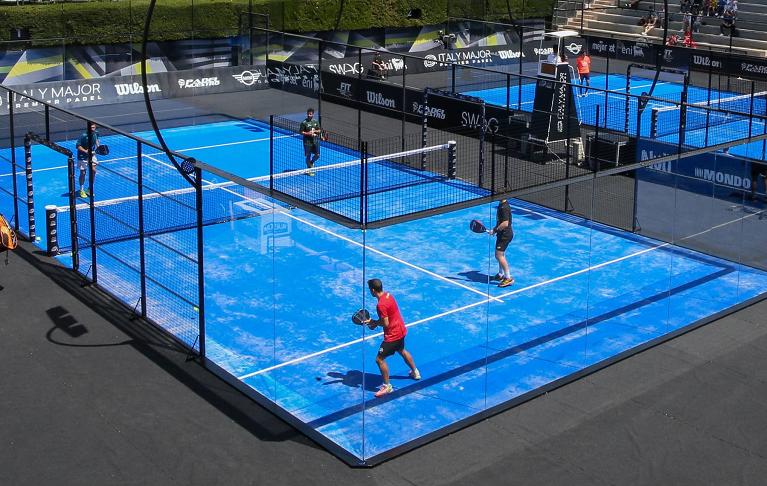

Padel and Tennis A Comparative Exploration of Two Dynamic Racket Sports
In the realm of racket sports, padel and tennis stand out as two of the most popular and rapidly growing games globally. While they share certain similarities in terms of equipment and basic principles, the differences in their gameplay, court dimensions, and cultural significance create unique experiences for players and spectators alike. This article delves into the intricacies of both sports, highlighting what makes each one special.
Origins and Evolution
Tennis has a rich history dating back to the late 19th century when it was codified in England. The sport quickly gained popularity, spreading across continents and evolving into various formats, including singles and doubles matches. On the other hand, padel emerged relatively recently in the 1960s in Acapulco, Mexico, and has since surged in popularity, especially in Spain and Latin America. Padel combines elements of tennis and squash, offering a new twist that attracts players of all skill levels.
Court Design and Dimensions
One of the primary differences between padel and tennis lies in their court design. A tennis court measures 78 feet long and 36 feet wide for doubles play, featuring traditional net heights and surface types like clay, grass, or hard court. In contrast, a padel court is significantly smaller, measuring 66 feet long and 33 feet wide, enclosed by walls that are integral to the game. These walls allow players to play the ball off them, resulting in longer rallies and more dynamic plays. The smaller court size in padel often leads to a more social and engaging atmosphere, making it an attractive option for recreational players.
Gameplay and Strategy

Gameplay in padel differs substantially from tennis. In padel, players must use a solid racket without strings and a softer, low-pressure ball that is less bouncy. The ball can be played off the walls, introducing an extra layer of strategy to the game. While tennis emphasizes powerful serves and baseline exchanges, padel focuses on finesse, positioning, and teamwork, particularly in doubles play, where communication is crucial.
Tennis players typically aim for aces and strong baseline shots, while padel players employ a variety of shots, including volleys and lobs, to manipulate space and outmaneuver opponents. The emphasis in padel is on creating angles and exploiting openings, making it a game of tactics and precision rather than sheer power.
Popularity and Cultural Impact
The popularity of both sports has seen a substantial increase in recent years. Tennis has long enjoyed a prestigious status with international tournaments like Wimbledon and the US Open captivating global audiences. Players like Serena Williams and Roger Federer have become sports icons, inspiring new generations to pick up a racket.
Padel, however, is experiencing explosive growth, particularly in Europe, where it has become a staple in social sports culture. Accessible to people of all ages, padel clubs are popping up everywhere, from urban areas to beach resorts. The sport's social nature, combined with its ease of learning, makes it particularly appealing to those looking for a fun way to stay active.
Conclusion
In conclusion, both padel and tennis offer distinct and enjoyable experiences for players and fans alike. While tennis remains a storied sport with a deep-rooted history, padel presents a fresh and engaging alternative that continues to gain traction worldwide. Whether you prefer the classic elegance of tennis or the vibrant social atmosphere of padel, both sports contribute richly to the world of athletics, promoting fitness, camaraderie, and, most importantly, a love for the game. Ultimately, whether it’s a spirited match of tennis or a friendly game of padel, both sports have the power to connect people and foster a sense of community.
Pro Carbon Paddle Racquet: Power & Precision Control
Premium Paddle Racquet | AI-Optimized Design
China Pro Ping Pong Paddle | Premium Spin Control
High-Quality Paddle Racquet for Professional Padel and Paddle Courts
Premium Paddle Tennis Rackets for Panoramic Padel Courts
High-Quality Padel Court for Sale – Durable & Customizable Solutions